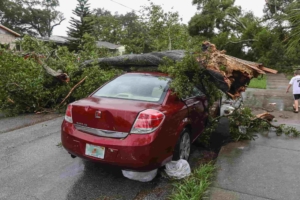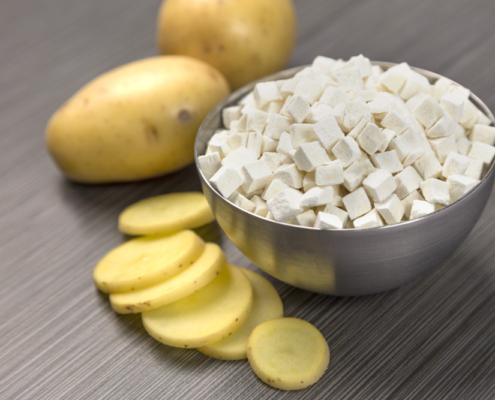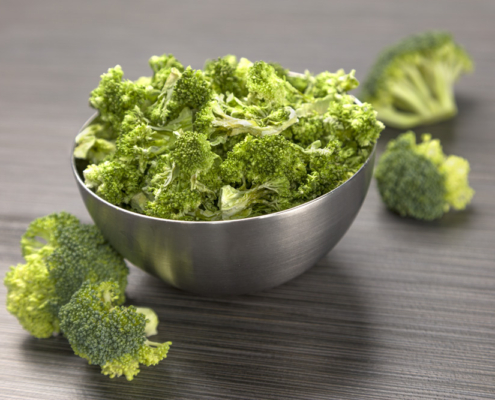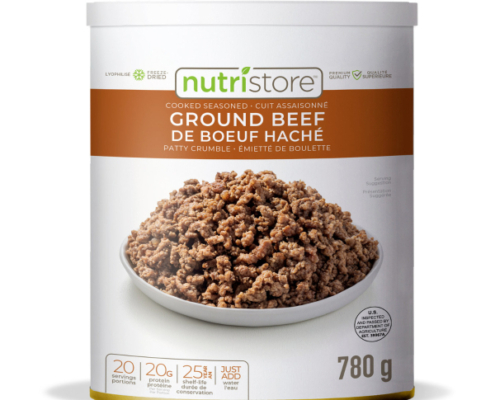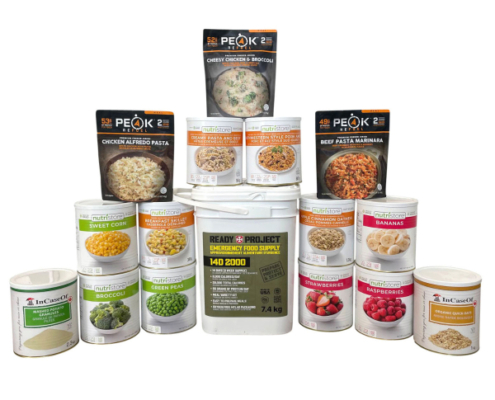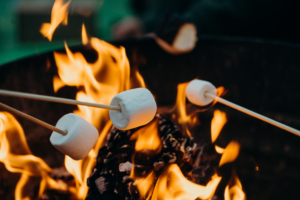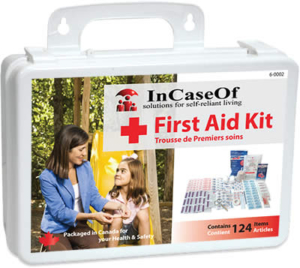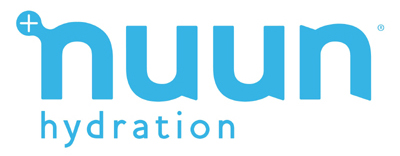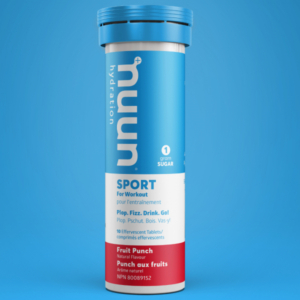Stay Safe in the Wilderness:
Before we get into some written tips, I wanted to share something I discovered in preparation for this blog post. The SAR Alberta (Search and Rescue Alberta) website introduced me to a new app they have called “Adventure Smart”. Below is a short youtube video explaining what it is, but this amazing app is a way to create and plan your wilderness hikes and adventures with added safety. You add an emergency contact, your location, your start and end time, etc, so in case you do not return when you’re supposed to, SAR has some details to begin their search with to find you.
Venturing into the wilderness offers numerous opportunities for adventure and exploration, but it also comes with risks. In remote and rugged environments, access to medical help may be limited, making it important to be prepared to handle medical emergencies effectively. Let’s explore essential wilderness first aid tips to help you stay safe and respond confidently to emergencies in the great outdoors.
1. Prioritize Safety:
Before heading into any outdoor adventure, prioritize safety by familiarizing yourself with the area, assessing potential hazards, and planning accordingly. Share your itinerary with someone reliable, carry essential safety gear, and know how to use it effectively (this is where this new Adventure Smart app comes in perfectly handy).
Real-life Example: During a hiking trip in a remote mountain range, a group of friends encountered unexpected severe weather conditions. They had previously shared their itinerary with family members and were equipped with emergency shelters and extra layers of clothing. By prioritizing safety and following their preparedness plan, they were able to take shelter until the storm passed, avoiding exposure-related injuries.

2. Be Prepared:
Pack a well-stocked wilderness first aid kit containing essential supplies such as bandages, gauze, adhesive tape, antiseptic wipes, tweezers, scissors, pain relievers, and any necessary personal medications. Additionally, consider including items specific to your planned activities, such as blister treatment, splints, and/or tourniquets.
Real-life Example: During a backpacking trip, a hiker sustained a minor laceration while navigating a rocky trail. His companions quickly accessed the first aid kit, cleaned the wound, and applied a sterile dressing to prevent infection. The hiker was able to continue the journey with minimal disruption, thanks to the well-prepared first aid kit.

3. Assess the Situation:
In the event of an injury or medical emergency, take a moment to assess the situation calmly and methodically. The acronym STOP: Stop, Think, Observe, Plan…then Act guides you through safe survival.
Determine the severity of the injury, assess the victim’s condition, and prioritize treatment based on the circumstances of your surroundings and position.
Real-life Example: While camping in a remote wilderness area, a camper experienced symptoms of heat exhaustion, including dizziness and nausea. His companions recognized the signs of heat-related illness and immediately moved him to a shaded area, provided water and electrolytes, and cooled him down with wet towels. Their prompt assessment and intervention prevented the situation from escalating into a more serious medical emergency.
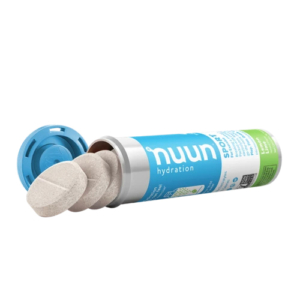
4. Treat Injuries Appropriately:
Administer basic first aid to stabilize the victim and prevent further injury.
This may include:
- cleaning and dressing wounds
- immobilizing fractures or sprains
- controlling bleeding
- providing pain relief
Remember to consider environmental factors such as temperature, weather conditions, and terrain when treating injuries.
Real-life Example: During a backcountry skiing expedition, a skier fell and sustained a suspected ankle fracture. His companions quickly improvised a splint using ski poles and extra clothing to immobilize the injured limb before carefully assisting him back to camp. Their swift and appropriate first aid measures helped minimize discomfort and further injury during the evacuation process.

Skiis
5. Know How to Signal for Help:
If medical assistance is needed, know how to signal for help effectively. If you have no phone service, or communication device to contact help, use visual signals such as waving brightly colored clothing or using a signaling mirror to attract attention. Additionally, use auditory signals such as blowing a whistle in a series of three blasts to signal distress.
Real-life Example: While on a backpacking trip in a remote forest, a hiker became disoriented and lost his way on the trail. Unable to find his bearings, he used a whistle to signal for help, producing three loud blasts at regular intervals. His signal was eventually heard by nearby hikers who were able to assist him in finding his way back to the trailhead.
6. Stay Calm and Reassure the Victim:
Maintain a calm and reassuring demeanor when providing first aid to the victim. Your confidence and reassurance can help keep the victim calm and cooperative, which is essential for effective treatment and recovery.
Real-life Example: While camping in a wilderness area, a camper experienced an allergic reaction to a bee sting, causing difficulty breathing and panic. His companions remained calm, reassured him, and administered his prescribed medication while waiting for emergency responders to arrive. Their calm and composed response helped alleviate the victim’s anxiety and ensured prompt medical attention.

7. Be Prepared to Evacuate:
In some situations, evacuating the victim may be necessary to provide advanced medical care, or to relocate to a safer location. Be prepared to initiate an evacuation plan if the victim’s condition worsens or if you are unable to effectively manage the situation with the resources available. This is a contradiction to “stay in place”, and only applicable if you confidently know your location to continue moving.
Real-life Example: During a mountaineering expedition, a climber suffered a severe altitude sickness at high altitude, experiencing symptoms of confusion and disorientation. His climbing partners recognized the seriousness of the situation and initiated a rapid descent to lower elevation, where they could access medical assistance. Their quick thinking and decisive action saved the climber’s life and prevented further complications.
8. Seek Additional Training:
Consider obtaining formal training in wilderness first aid from reputable organizations. These courses provide valuable hands-on training in wilderness-specific first aid techniques and scenarios, empowering you to respond effectively to emergencies in remote settings.
Real-life Example: A group of outdoor enthusiasts enrolled in a wilderness first aid course to expand their knowledge and skills in managing medical emergencies in remote environments. During a subsequent backpacking trip, they encountered a fellow hiker with a dislocated shoulder and were able to confidently assess the injury and perform a successful relocation procedure, thanks to their training.

Conclusion:
By following these wilderness first aid tips and being prepared for emergencies, you can enjoy outdoor adventures with greater confidence and safety. Remember that prevention is the best medicine, so take steps to minimize risks and be proactive in addressing potential hazards. With proper preparation and knowledge, you can navigate the wilderness with peace of mind, knowing that you are equipped to handle whatever challenges may arise.

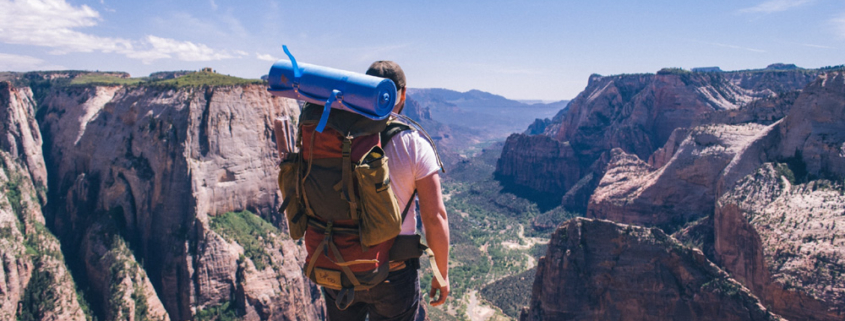


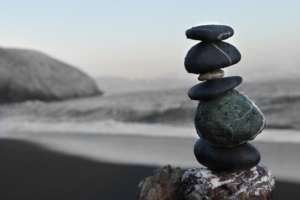 overall preparedness.
overall preparedness.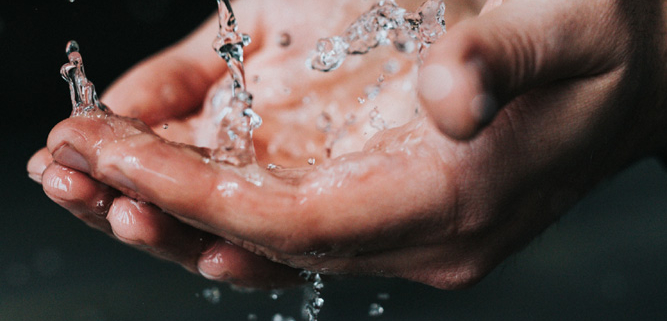



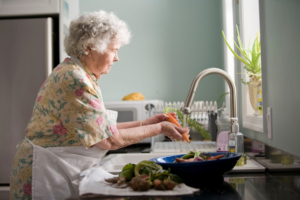
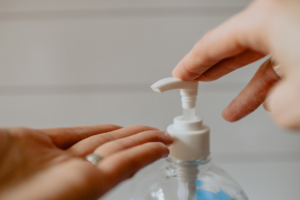


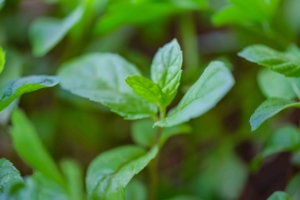






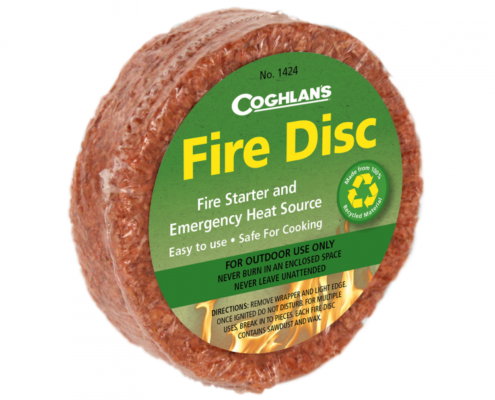
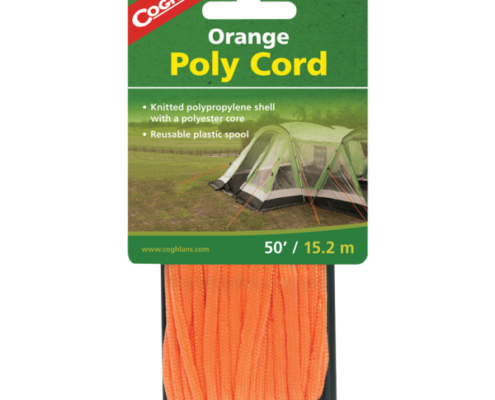







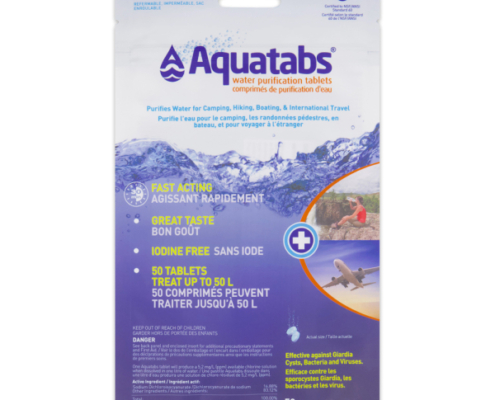
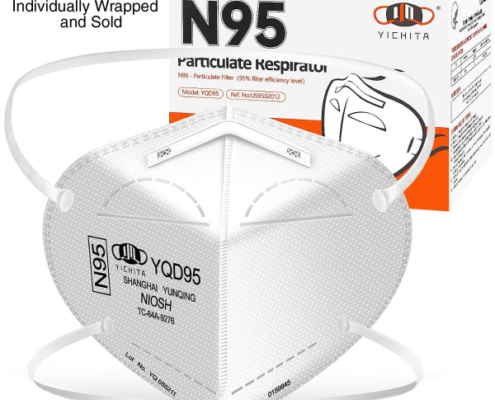
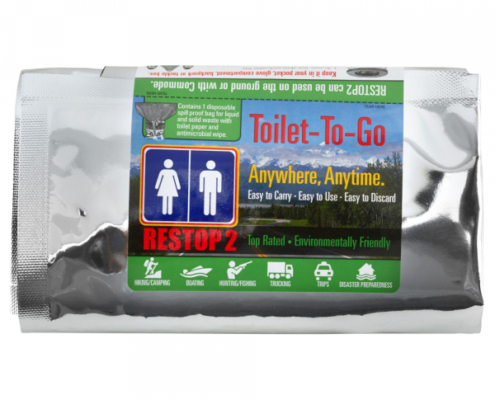
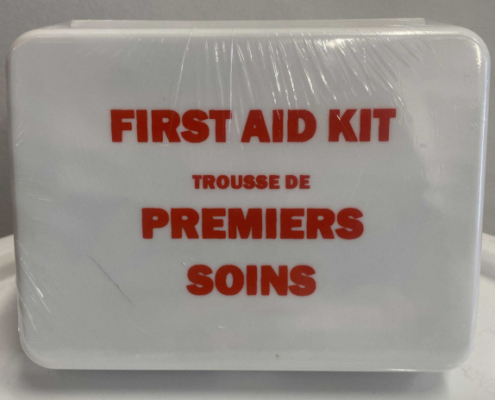

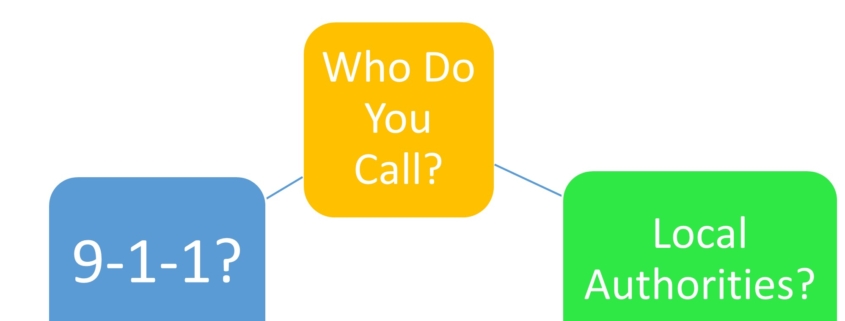
 Reporting Crimes & Medical Emergencies:
Reporting Crimes & Medical Emergencies:
